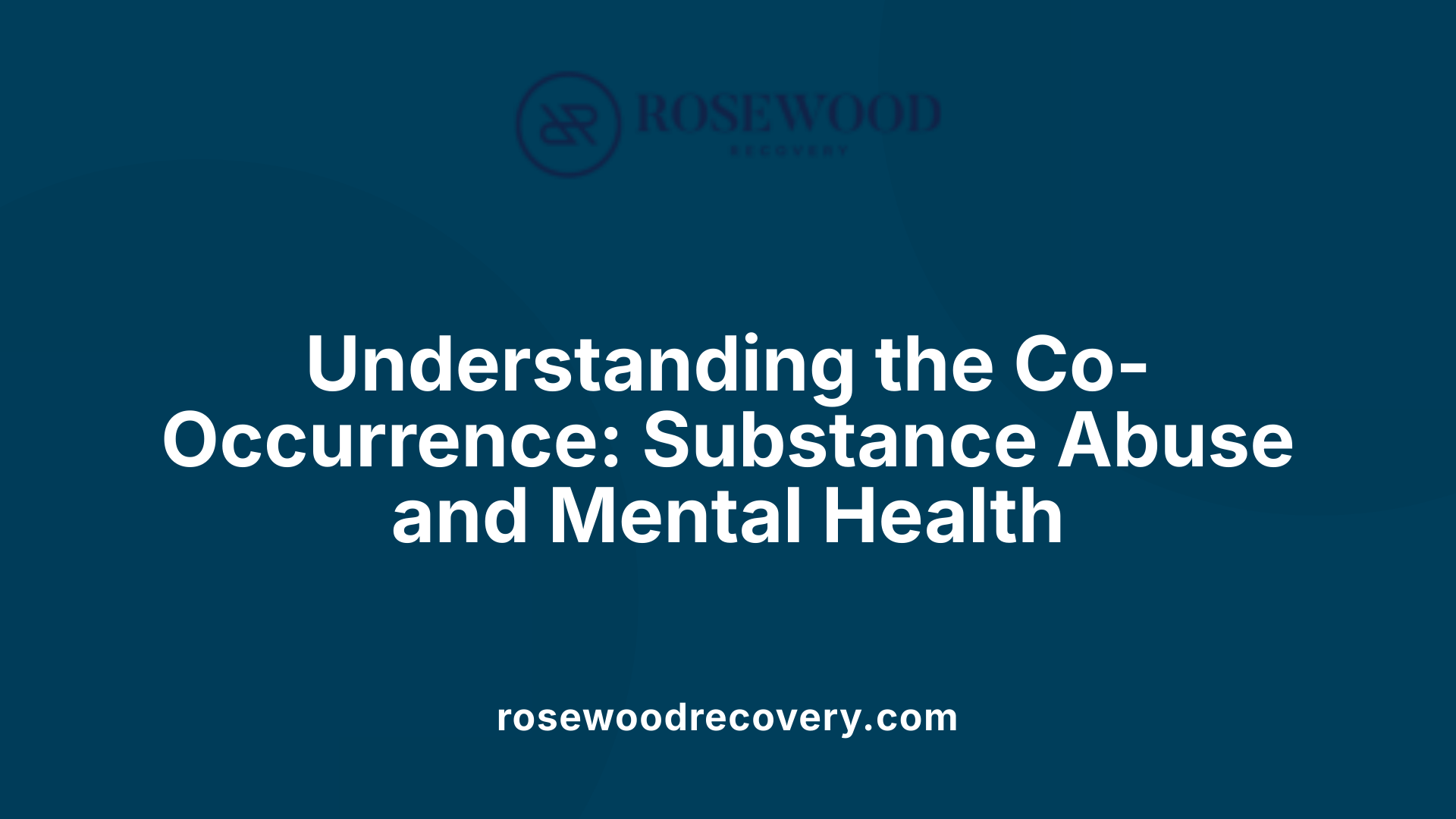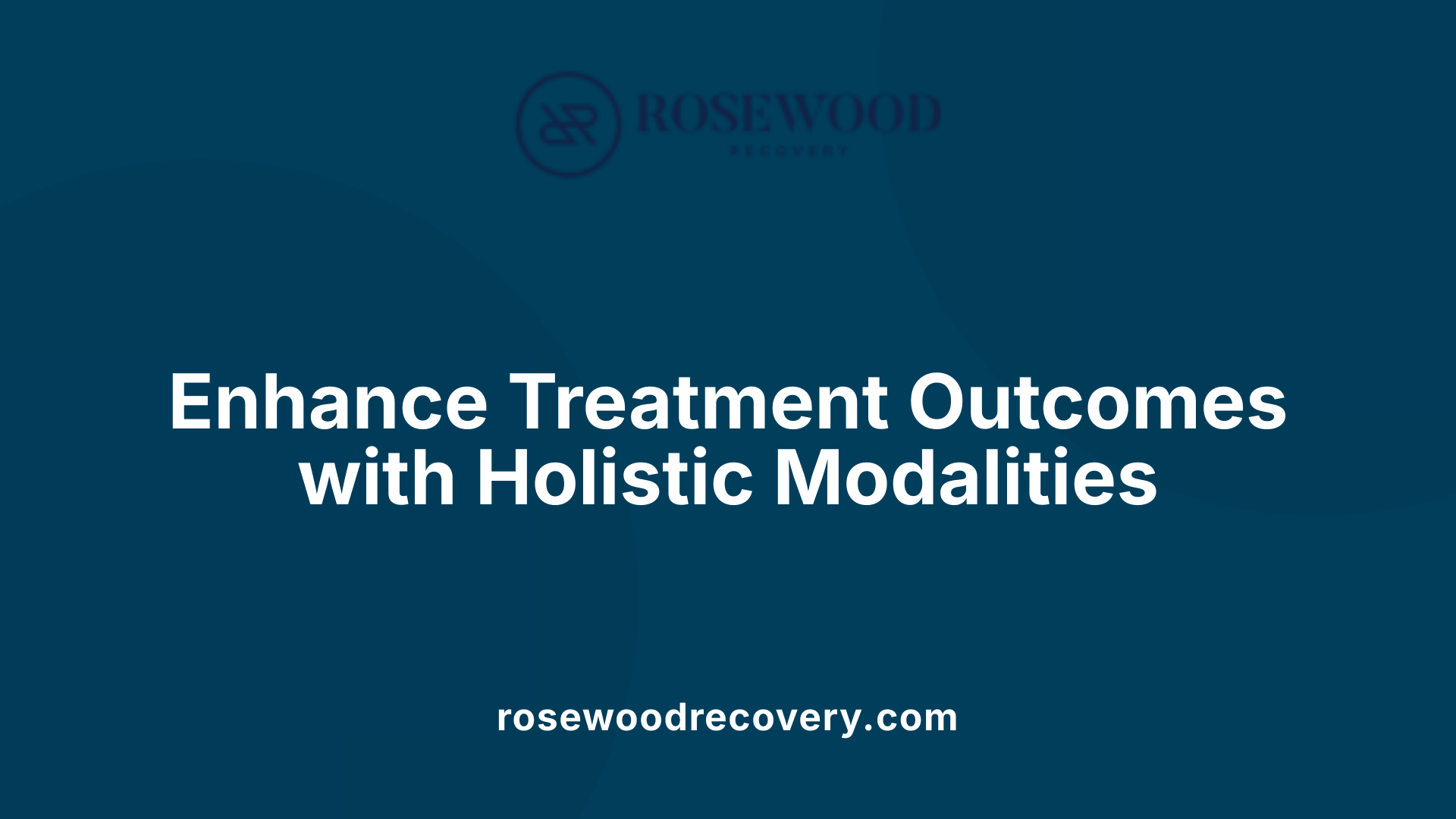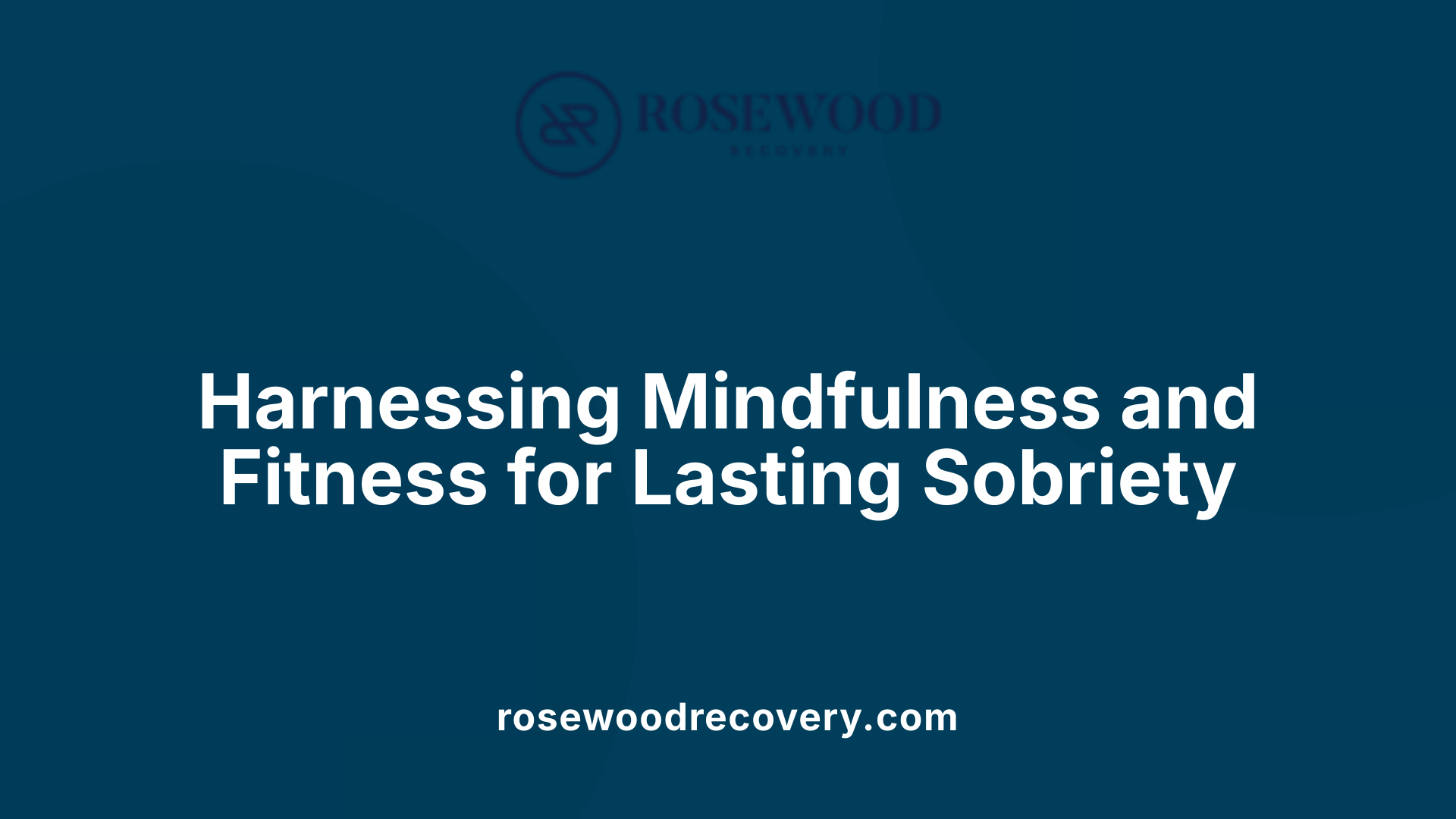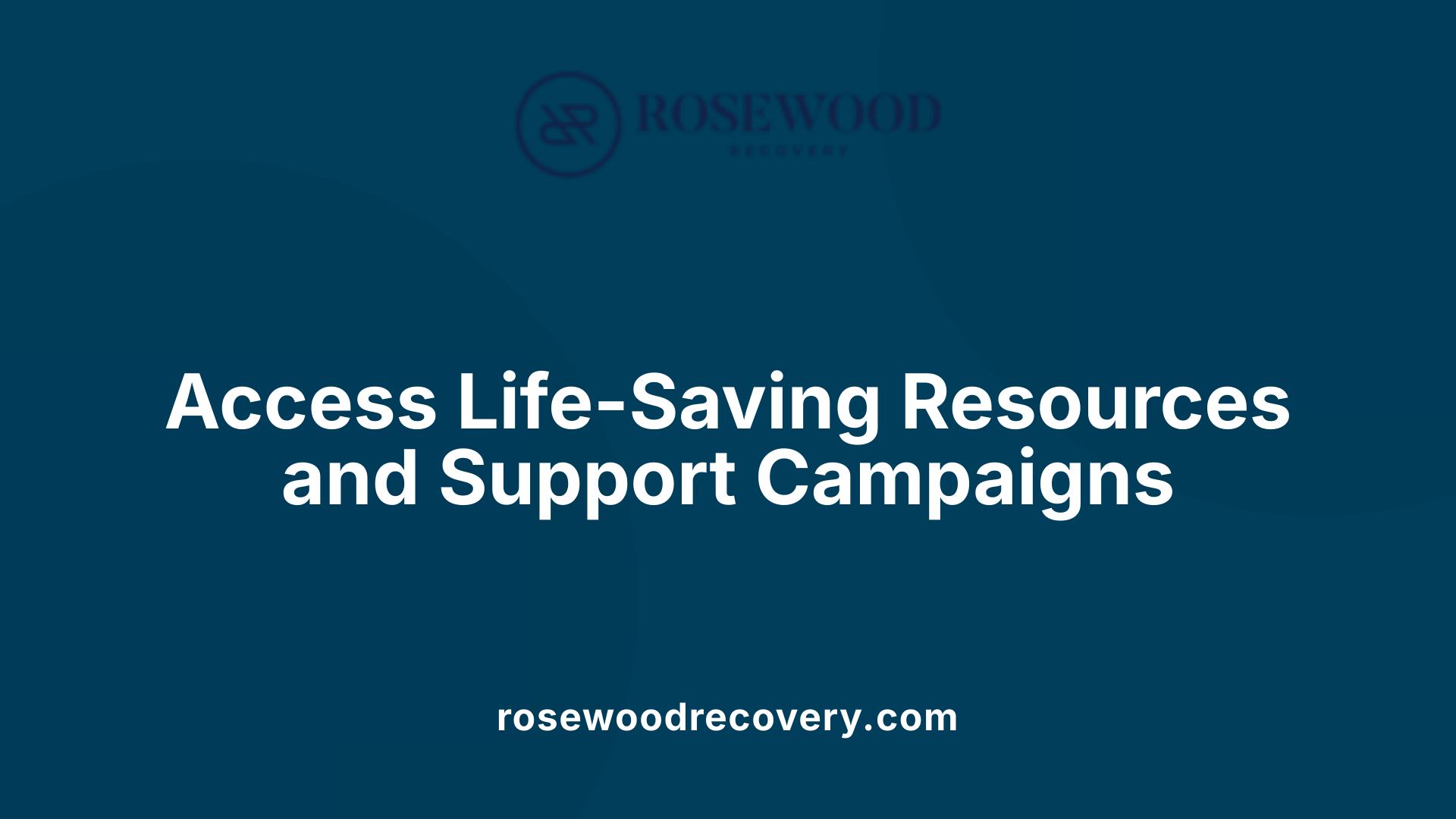Understanding Holistic Addiction Care
Holistic support in addiction care goes beyond traditional methods to address the whole person—mind, body, and spirit. This comprehensive approach integrates evidence-based medical treatments with alternative therapies, aiming for lasting recovery by considering physical health, mental wellness, emotional balance, social connections, and spiritual purpose. As addiction and co-occurring mental health issues become increasingly recognized as interconnected, holistic treatment offers a promising path for more effective, personalized healing.
Comprehensive Treatment Services: A Whole-Person Approach
What are comprehensive treatment services for substance abuse and mental health issues?
Comprehensive treatment services address substance abuse and mental health through a whole-person approach. This means integrating medical care, psychological therapies, behavioral interventions, and social support tailored specifically for each individual. These services typically include detoxification, counseling, medication-assisted treatment, relapse prevention, and peer support programs.
Treatment is designed to suit varying needs and can take place in inpatient or outpatient settings. A strong focus is placed on identifying and managing co-occurring mental health disorders alongside addiction. Addressing social challenges such as housing, employment, and family relationships is also essential.
What components make up integrated addiction care?
Integrated addiction care combines several evidence-based practices and supportive resources. It involves medical interventions like detox and medication management, alongside behavioral therapies such as cognitive-behavioral therapy (CBT) and dialectical behavior therapy (DBT). Holistic therapies—such as yoga, meditation, acupuncture, and nutrition counseling—are increasingly incorporated to complement traditional treatments.
Support systems include crisis intervention resources, like the National Helpline (1-800-662-HELP) and the 988 Suicide & Crisis Lifeline. Prevention programs aim to reduce substance initiation and misuse through education and community outreach.
How do medical, psychological, behavioral, and social interventions interact?
Medical treatments address physical withdrawal symptoms and co-occurring health conditions, while psychological therapies help manage underlying trauma, emotional distress, and develop coping skills. Behavioral interventions staff support implementing new habits and reinforcing sober living.
Social interventions provide vital networks through family therapy, recovery communities, and assistance in housing or employment. Together, these components form a comprehensive, coordinated care plan focused on sustaining long-term recovery.
What is the importance of crisis intervention and prevention programs?
Crisis interventions provide immediate support during emergencies, reducing risks such as suicide or overdose. They are accessible via helplines and lifelines, offering confidential guidance and linkage to services.
Prevention programs, including Substance Use & Misuse Prevention Month and targeted campaigns like RecoverMe, educate populations at risk and foster early intervention, reducing future addiction rates and mental health challenges.
How does SAMHSA support comprehensive treatment and recovery?
SAMHSA plays a vital role by funding large-scale initiatives, such as the over $1.5 billion State and Tribal Opioid Response grants and a $98 million Hepatitis C elimination effort targeting vulnerable populations. It releases national surveys to inform policy and practice and promotes evidence-based care.
The agency also provides treatment resources and helplines and supports prevention and recovery outreach campaigns. This funding and resource network ensure access to integrated services that address the physical, emotional, social, and spiritual needs necessary for lasting recovery.
The Critical Link Between Substance Abuse and Mental Health

Why is addressing both substance abuse and mental health issues important in treatment?
Substance use disorders and mental health conditions co-occur in approximately 40% of individuals battling addiction. This overlap creates a complex scenario where one disorder can exacerbate the other.
Many people self-medicate with drugs or alcohol to cope with psychological distress, yet this often worsens their mental health symptoms and complicates recovery attempts. When either condition remains untreated, it raises the risk of relapse, chronic disability, and even suicide.
What risks arise from untreated dual diagnoses?
Untreated dual diagnoses can lead to:
- Intensified substance dependence
- Worsening depression, anxiety, or psychosis
- Increased hospitalization and emergency care
- Poorer treatment response and lower survival rates
How does self-medication impact recovery?
Self-medication may provide temporary relief but ultimately:
- Masks underlying mental health issues
- Encourages addictive behavior patterns
- Hampers access to appropriate psychiatric care
- Undermines the long-term stability needed for recovery
Why is integrated treatment necessary?
Integrated treatment models address both substance use and mental health disorders simultaneously. This approach encompasses:
- Evidence-based therapies (e.g., cognitive behavioral therapy, medication-assisted treatment)
- Holistic methods that attend to emotional, physical, and spiritual health
- Coordinated care teams ensuring continuous monitoring and adjustment
How does addressing both conditions improve outcomes?
Treating co-occurring disorders concurrently leads to:
- Reduced relapse rates
- Improved mental and emotional well-being
- Increased treatment retention and satisfaction
- Enhanced quality of life and social functioning
In summary, holistic and integrated treatment approaches are essential because they recognize addiction and mental illness as interconnected challenges. Comprehensive care tailored to individual needs fosters resilience, addresses root causes, and supports lasting recovery.
Integrating Treatment: The Benefits of an Interdisciplinary Approach
What Are Integrated Treatment Approaches?
Integrated treatment refers to coordinated care that simultaneously addresses substance use disorders and co-occurring mental health conditions. This approach combines behavioral therapies, pharmacotherapy (medication-assisted treatment), and peer support services within a unified care plan. It recognizes the complex interaction of addiction and mental illness, aiming to treat the whole person rather than isolated symptoms.
How Are Co-Occurring Disorders Identified?
Screening and assessment tools are vital for identifying individuals with both substance use and mental health challenges. These tools evaluate the severity and interplay of disorders, enabling clinicians to develop customized care strategies that address all aspects of a patient’s condition effectively.
What Treatments Are Combined in Integrated Care?
- Behavioral therapies: Cognitive-behavioral therapy (CBT), dialectical behavior therapy (DBT), motivational interviewing, and relapse prevention techniques.
- Pharmacotherapy: Medications that support withdrawal management, reduce cravings, or treat psychiatric symptoms.
- Peer support: Recovery coaches and support groups that encourage sustained engagement and community connection.
What Improvements Result from Integrated Treatment?
Studies indicate integrated approaches improve clinical outcomes such as reduced relapse rates, hospitalizations, and incarceration. They also enhance treatment retention and ameliorate quality of life. Additionally, integrated care proves cost-effective by minimizing duplicative services and addressing multiple needs cohesively.
What Are Examples and Challenges of Integrated Care Models?
Models like collaborative care teams use multidisciplinary providers, shared electronic health records, and proactive patient monitoring. Despite benefits, barriers remain including limited reimbursement for care management services, insufficient health IT infrastructure, siloed administrative systems, and workforce shortages. Policy innovations and financing reforms aim to overcome these hurdles and expand integrated behavioral health care.
| Component | Description | Benefits |
|---|---|---|
| Behavioral Therapies | CBT, DBT, motivational interviewing | Address psychological factors, teach coping skills |
| Pharmacotherapy | Medications for addiction and mental health | Manage symptoms, support detoxification and stabilization |
| Peer Support | Recovery coaches and support groups | Enhance engagement and reduce isolation |
| Integrated Care Models | Multidisciplinary teams, shared EHRs | Streamlined, patient-centered care with better outcomes |
| Challenges | Reimbursement limits, infrastructure, staffing | Barriers to adoption and scalability |
Together, these elements form a comprehensive, interdisciplinary approach that improves recovery chances for individuals facing the dual challenges of addiction and mental illness.
Complementing Traditional Therapies with Holistic Modalities

Common Holistic Therapies Used Alongside Traditional Treatments
Addiction and mental health treatment programs typically employ a range of therapies. Traditional evidence-based methods include cognitive-behavioral therapy (CBT), motivational interviewing, and family therapy. Alongside these, holistic therapies such as yoga, meditation, acupuncture, art therapy, and equine therapy are widely used to complement standard treatment.
Examples Including Yoga, Meditation, Acupuncture, Art Therapy, Equine Therapy
Yoga and meditation help improve mental clarity, promote relaxation, and teach stress management. Acupuncture is often used to alleviate withdrawal symptoms and reduce cravings. Art therapy allows emotional expression and fosters motivation. Equine therapy supports emotional healing and builds confidence through interaction with horses.
How Holistic Therapies Support Emotional, Physical, Social, Spiritual, and Intellectual Health
Holistic modalities address multiple dimensions of well-being. Physically, they can ease withdrawal symptoms and improve fitness. Emotionally, therapies like art and meditation facilitate coping and reduce anxiety. Socially, group activities and equine therapy build supportive networks. Spiritually, mindfulness and meditation promote inner peace and purpose. Intellectually, life skills and coping techniques enhance resilience.
Benefits in Managing Withdrawal Symptoms and Stress
Integrating holistic therapies often helps manage the physical discomfort of withdrawal, lowers stress levels, and improves emotional regulation. These approaches teach patients healthy coping mechanisms and encourage engagement with recovery processes, thus minimizing relapse risk.
Patient Satisfaction and Treatment Retention
While research on holistic therapies’ efficacy is limited, these practices increase patient satisfaction and comfort. They improve treatment retention by addressing the whole person—mind, body, and spirit—making the recovery journey more personalized and supportive.
| Therapy Type | Purpose | Benefits to Recovery |
|---|---|---|
| Yoga & Meditation | Mindfulness, stress relief | Enhances emotional control and mental clarity |
| Acupuncture | Withdrawal symptom relief | Reduces cravings and physical discomfort |
| Art Therapy | Emotional expression | Facilitates motivation and stress reduction |
| Equine Therapy | Emotional healing and social skills | Builds confidence and supportive bonds |
| Cognitive Behavioral Therapy (CBT) | Behavioral change, coping skill development | Addresses underlying psychological issues and relapse prevention |
Traditional therapies integrated with these holistic approaches provide a comprehensive, patient-centered treatment plan that supports lasting recovery.
The Role of Mindfulness and Physical Wellness in Recovery

How do mindfulness and meditation practices support addiction recovery?
Mindfulness techniques such as yoga, guided imagery, and meditation enhance recovery by helping individuals develop healthier coping mechanisms. These practices reduce stress, improve emotional regulation, and increase self-awareness, which are crucial for managing cravings and avoiding relapse.
What are the benefits of physical fitness and nutrition in recovery?
Physical fitness activities like yoga, swimming, and weightlifting release endorphins that boost mood, build resilience, and establish healthy routines. Proper nutrition plays a vital role in replenishing vital nutrients, balancing blood sugar, and supporting gut health, addressing the physical damage caused by substance abuse.
How do these practices promote sustained sobriety?
By combining mindfulness and physical wellness, individuals address both the mind and body aspects of addiction recovery. This holistic approach fosters emotional control, strengthens physical health, and helps create sustainable habits, which together enhance the effectiveness of traditional therapies and support lasting sobriety.
Why is integrating wellness practices essential?
Integrating mindfulness, nutrition, and physical fitness into addiction treatment promotes comprehensive healing. These practices complement clinical therapies by addressing underlying emotional and physical challenges, encouraging overall well-being and helping individuals rebuild their lives.
The integration of wellness strategies like meditation and fitness with traditional addiction treatments supports a whole-person approach, healing the mind, body, and spirit for long-term recovery success.
Addressing Root Causes and Co-occurring Disorders Holistically

Why is uncovering trauma, social, environmental, and genetic factors important in addiction treatment?
Addiction is deeply influenced by a range of underlying factors including trauma, social environment, and genetics. Holistic therapy aims to uncover these root causes that traditional treatments may overlook. Addressing these influences provides a foundation for more effective recovery by recognizing addiction as a complex, multi-dimensional condition rather than a simple behavioral issue.
How are co-occurring mental health conditions treated alongside addiction?
Around 40% of individuals with substance use disorders also experience co-occurring mental health issues. Holistic approaches integrate conventional therapies like CBT and DBT with complementary methods such as mindfulness and creative arts therapy. This combined treatment model supports both disorders simultaneously, improving emotional regulation and overall mental health.
In what ways do holistic approaches foster resilience, hope, and purpose?
Holistic therapies nurture physical, emotional, spiritual, and intellectual well-being. Practices like yoga, meditation, and life skills development help individuals develop healthier coping mechanisms, find inner peace, and cultivate a sense of purpose. These elements foster resilience and hope, which are crucial for sustained recovery.
How are social services and quality improvement integrated into holistic care models?
Successful integrated care models emphasize team-based approaches, shared information systems, and continuous quality improvement. They proactively identify patients and link them to social services addressing social determinants of health. This integrated framework ensures comprehensive support that extends beyond medical treatment, addressing housing, nutrition, and social support needs.
What structural and policy challenges impact integrated holistic care?
Barriers include insufficient reimbursement for integrated care management, lack of health IT infrastructure, fragmentation in benefits administration, and workforce shortages. Policy efforts are underway to improve financing mechanisms, expand the behavioral health workforce, and promote multi-payer arrangements to overcome these hurdles and enhance integrated holistic care.
| Aspect | Description | Examples/Details |
|---|---|---|
| Root Causes | Trauma, social, environmental, and genetic factors influencing addiction | Identifying past trauma, environmental stressors |
| Co-occurring Conditions | Mental health disorders present alongside addiction | Psychotherapy + mindfulness + creative therapies |
| Resilience & Purpose | Holistic practices fostering emotional stability, hope, spiritual connection | Yoga, meditation, life skills development |
| Integrated Care Models | Team-based care with social services and quality improvement | Population registries, shared EHRs, linkage to housing |
| Structural & Policy Barriers | Funding, IT infrastructure, workforce shortages | CMS billing codes, payment reforms, workforce training |
Supporting Recovery Through Resources and Campaigns

What helplines and crisis intervention resources does SAMHSA offer?
SAMHSA provides critical support through the National Helpline (1-800-662-HELP) and the 988 Suicide & Crisis Lifeline. These services offer confidential assistance for individuals seeking treatment or facing a crisis, connecting callers to local resources instantly.
What national initiatives support addiction recovery?
Two notable programs include the RecoverMe Campaign, which targets young adults, providing resources for managing substance use and mental health challenges. Additionally, Substance Use & Misuse Prevention Month promotes education to prevent substance use initiation and its consequences.
How does SAMHSA fund efforts to combat substance use disorders?
Significant funding is directed toward community recovery support and health initiatives, including over $98 million for a Hepatitis C Elimination Initiative targeting vulnerable groups like the homeless and those with addiction. Also, more than $1.5 billion is allocated through State and Tribal Opioid Response grants to curb opioid addiction.
Why are education, outreach, and continuous care management important?
Continuous care management and education enhance recovery by improving treatment retention and informed decision-making. Encouraging awareness via campaigns and helplines supports ongoing engagement and facilitates seamless access to evidence-based treatments.
How does insurance affect access to holistic therapies?
Insurance plans may cover some holistic therapies used in addiction treatment, such as massage, acupuncture, or yoga. Patients should verify coverage with providers to improve access to these complementary services, which are often integrated into personalized recovery plans.
The Future of Holistic Addiction Treatment
Holistic support in addiction care embodies a comprehensive, integrated approach that recognizes the complexity of substance use and mental health disorders. By weaving together evidence-based treatments with holistic therapies—mindfulness, physical wellness, creativity, and spiritual growth—treatment programs are better equipped to support the full spectrum of a person's needs. The continued evolution of policy, funding, and integrated care models promises to break down barriers, expand access, and personalize recovery journeys. Ultimately, embracing the mind, body, and spirit as one interconnected whole offers the greatest hope for sustained healing and a meaningful life beyond addiction.
References
- Home | SAMHSA - Substance Abuse and Mental Health ...
- Holistic Therapy for Addiction Treatment
- What is Holistic Addiction Treatment?
- Holistic Addiction Treatment Programs & Rehab ...
- What is a Holistic Approach to Addiction Recovery? | RCA
- Holistic Healing in Addiction Treatment: Mindfulness, ...
- Integrating Mental Health and Addiction Treatment into ...
- Integrating Treatment for Co-Occurring Mental Health ...




